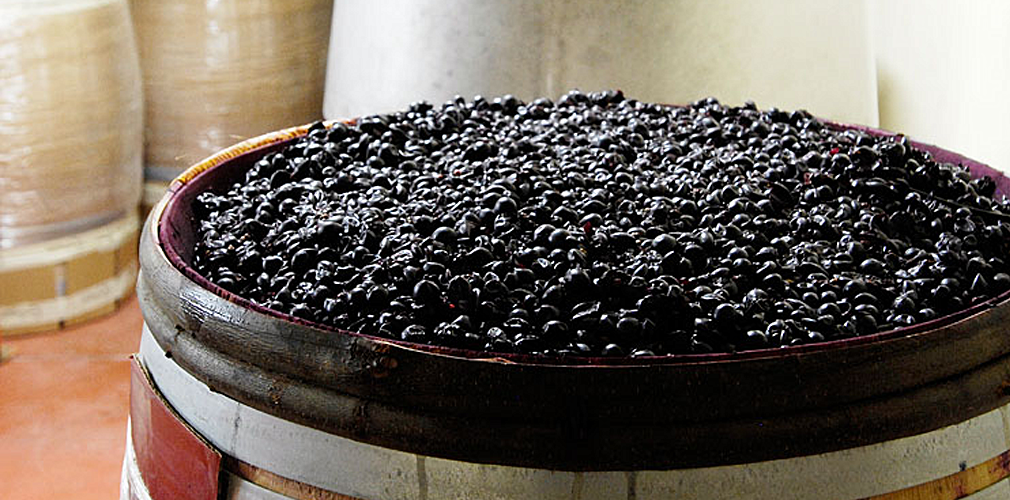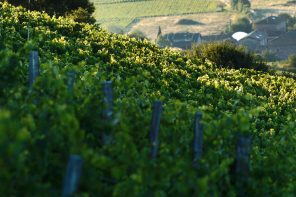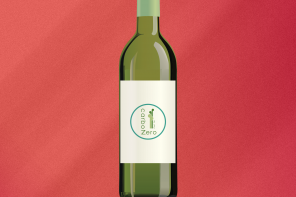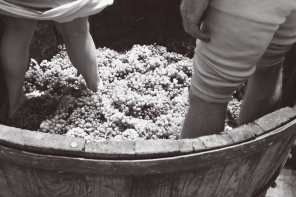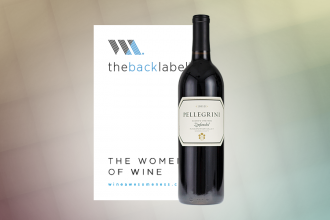Carbonic. Maceration.
Yet another weird-ass winemaking term that we’d like to introduce you to. We can hear your brain cells rejoicing. But first, let us review.
How do grapes turn into the booze we all know and love, again? Fermentation is how! You pick ‘em. You crush ‘em. Yeast cultures (natural or added) turn their sugar content into alcohol. In the most basic sense that is how grapes are turned into wine.
Carbonic maceration is just another way to go from grape to wine, and a pretty cool one at that! The process is also known as whole berry fermentation, which is a very telling descriptor for what goes down.
During normal fermentation, yeasts chow down on sugar and carbon dioxide is created as a natural byproduct. With carbonic maceration, you start with a CO2-rich environment: a tank with CO2 pumped into it to be exact.
Next, you gently (so as not to break the skins) place the grapes into the vessel. The CO2 permeates the skins of the grapes, causing fermentation to begin inside the berry. Yup, fermentation occurs inside the grape. It’s a little science experiment gone right.
The process takes somewhere between five and fifteen days. The end result is only about 3% alcohol, though. Thus, pretty much everybody follows up carbonic maceration with a round of good ole fermentation in order to achieve the level of booze we all desire. Gravity also does a bit of the work as the weight of the berries will crush those at the bottom, and traditional fermentation will begin all on its own.
Aside from the fact that it’s cool, why would somebody choose to do this?
Well, carbonic maceration has very specific results: the resulting wine is very low in tannin (the dry, bitter stuff) making the flavors very very fresh and fruity. It’s most commonly used for Beaujolais Nouveau wine made from Gamay grapes. Nouveau is a very light colored, fruity- sometimes “bubble-gummy” – red wine that is meant to be consumed immediately upon release.
Carbonic macerational enjoys sneaky popularity in other parts of the world. In California and Oregon, winemakers are experimenting with fermenting a portion of grapes carbonically, then blending them with wine that has been fermented traditionally. It’s a very cool way to capture the fresh, young, fruity characteristics of a carbonic wine and take them to a more serious place.
Did we mention this is why we love wine so much? There’s always something new going on, demanding to be experienced! Put carbonic on your list.

